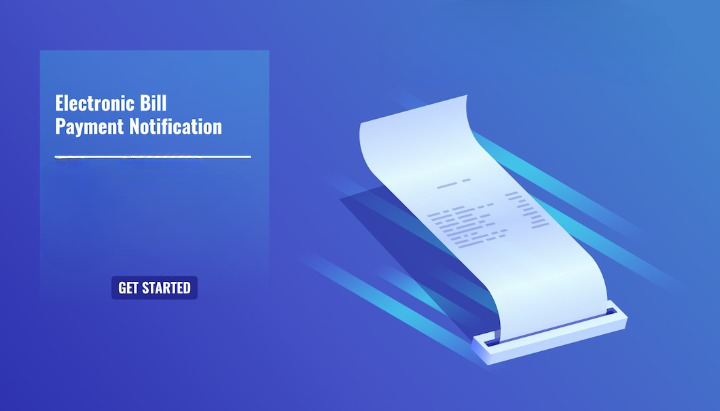Forgery, an art as old as civilization itself, has evolved in the digital age, presenting new challenges and risks. In particular, the creation of counterfeit utility documents has become increasingly sophisticated, posing a significant threat to individuals and organizations.
Digital Replication and Manipulation
With the advancements in digital technology, forgers have gained access to powerful tools and software that enable them to replicate and manipulate authentic utility documents with remarkable precision.
Through image editing software, they can alter or remove existing data on utility bills and replace it with fraudulent information. This manipulation includes changing names, addresses, billing amounts, and dates, making the forged documents appear legitimate at first glance.
Imitating Security Features
To enhance the credibility of any fake utility bill, forgers often attempt to imitate security features found in authentic documents. These security features can include watermarks, holographic seals, special inks, or unique printing techniques.
Forgers employ various methods to recreate these features, such as using counterfeit watermarked paper or applying specialized printing methods to mimic the original documents. The goal is to make the counterfeit bills visually and tactilely similar to the genuine ones, thereby increasing the chances of their successful deception.
Authentic Template Duplication
One of the primary techniques used in creating convincing fake utility documents is the duplication of authentic templates. Forgers carefully study genuine utility bills to recreate the layout, format, and design elements, ensuring that the counterfeit bills closely resemble the real ones.
They pay close attention to details such as logos, fonts, color schemes, and section arrangements to achieve a high level of accuracy in their replicas. By replicating these templates, they aim to deceive individuals and organizations into accepting the counterfeit bills as genuine.
Language and Grammar Mastery
An often overlooked aspect of creating convincing fake utility documents is mastery over language and grammar. Forgers recognize that authentic bills are typically well-written and free from grammatical errors. To emulate this, they invest time and effort in ensuring that the language used in their counterfeit bills is coherent and accurate.

Advanced Printing and Reproduction Techniques
In the pursuit of creating convincing fake utility bills, forgers employ advanced printing and reproduction techniques. They use high-quality printers and specialized inks to achieve professional-level results.
Additionally, they may employ techniques such as UV printing, embossing, or thermal printing to replicate the tactile and visual characteristics of authentic bills. By utilizing these advanced techniques, forgers increase the overall quality and realism of their counterfeit documents, making them more difficult to detect.
Constant Adaptation and Evading Detection
Forgery techniques continually evolve as technology progresses, and forgers adapt to new security measures implemented by utility companies and authorities. They closely monitor advancements in printing technology, security features, and document verification methods, aiming to stay one step ahead of detection. By keeping abreast of these developments, forgers can modify their techniques accordingly, making it increasingly challenging for individuals and organizations to identify counterfeit utility bills.

Leave a Reply